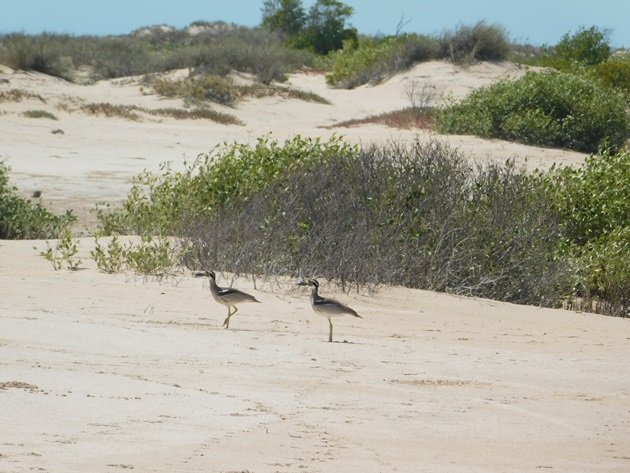
I thought the fact that it is Valentine’s Day today it was a good enough excuse to share with you some recent photos of a pair of Beach Stone-curlews. We are very lucky that we regularly observe this pair of birds on the Northern end of Cable Beach. We believe they may well be the pair of Beach Stone-curlews that we used to observe at Willie Creek many years ago. The beach has changed and they have moved a little further south to feed on the reef.
I realised I had written about the pair of Beach Stone-curlews here before, but that was almost ten years ago! Where has that time gone?! Despite all the changes in the world we can still wander along that beach and expect to hear a little beeping noise and then observe the pair of Beach Stone-curlews.
They are often between the high tide and the area behind the dunes where there is often a lagoon after the big tides. There are some dense mangrove bushes there and they can shelter from the heat in the shade. The pair of Beach Stone-curlews are in the same area that we monitor the Pied Oystercatchers, but we have never observed them nesting.
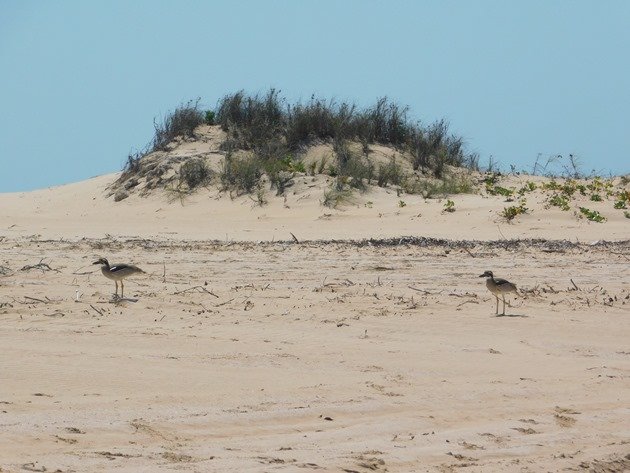
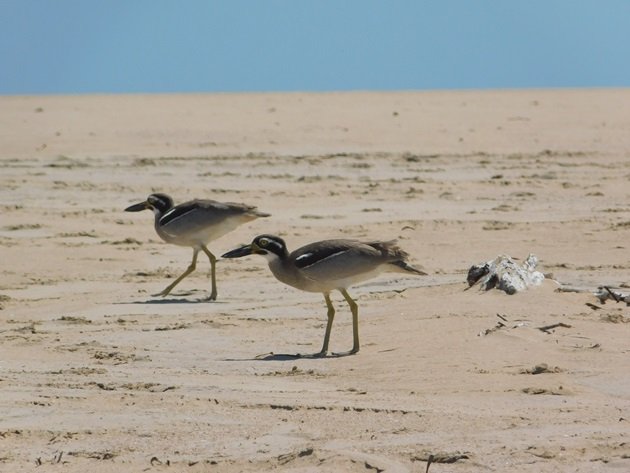
Pair of Beach Stone-curlew between the ocean and the lagoon
Pied Oystercatcher footprints and Beach Stone-curlew footprints are a similar size. However, the Beach Stone-curlew toe prints are closer together. The Brolga that sometimes walk the area display the same shape print as the Pied Oystercatchers and Sooty Oystercatchers, but the Brolga prints are substantially larger.
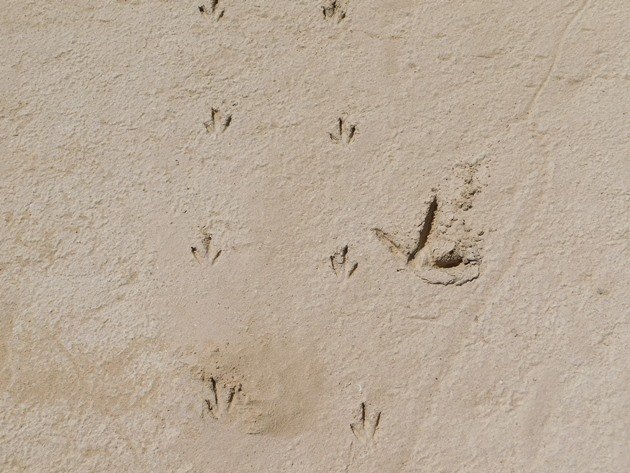
Beach Stone-curlew prints with a Brolga print for comparison
When the tide drops at the end of the day the Beach Stone-curlews wander down onto the wet sand. They feed on the reef amongst all of the other shorebirds.
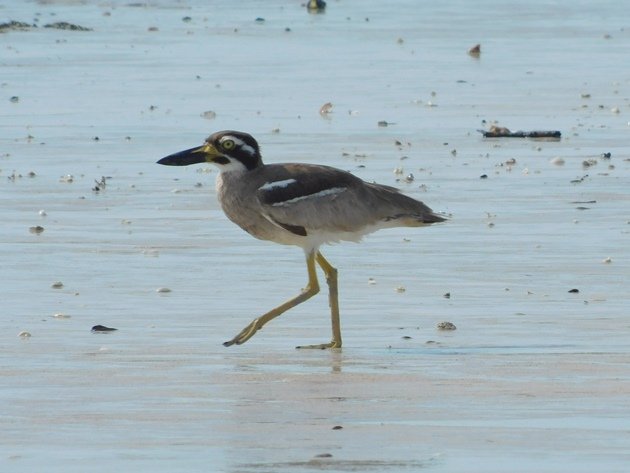
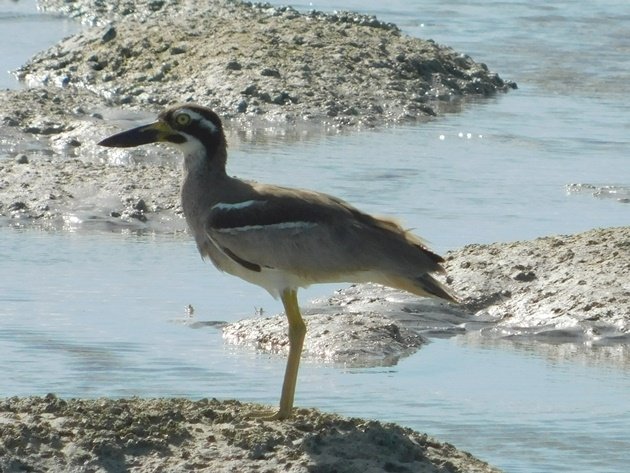
Beach Stone-curlew on the wet sand and reef
There are not many bird species that you can almost guarantee to be in a pair on Valentine’s Day. I think this pair of Beach Stone-curlews would be one of the more reliable ones!

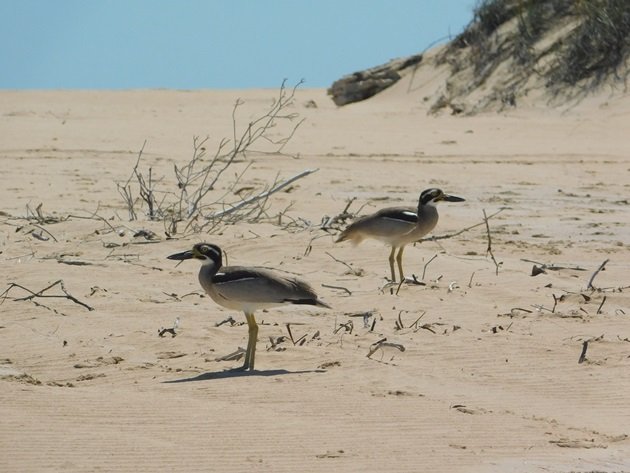
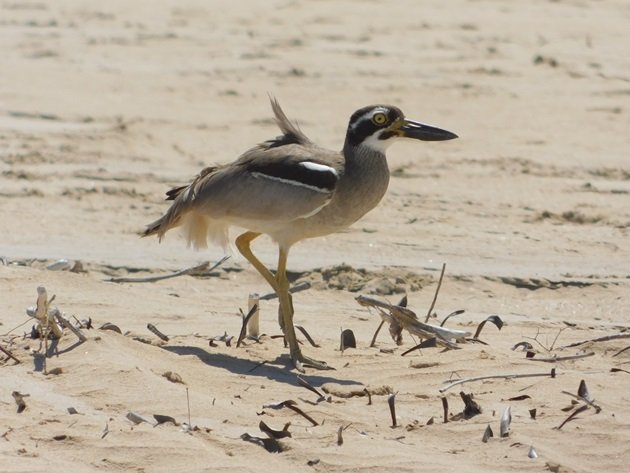
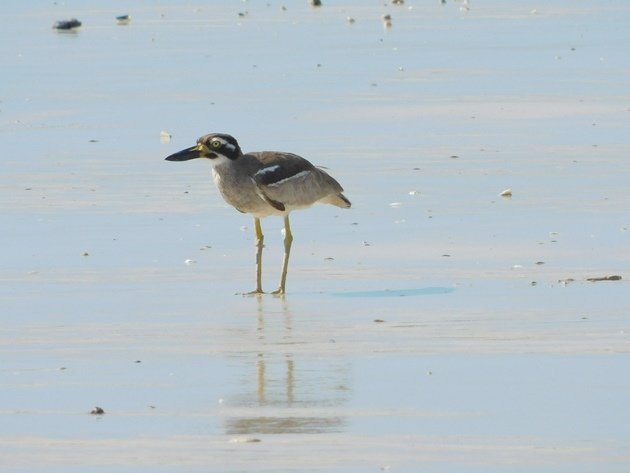
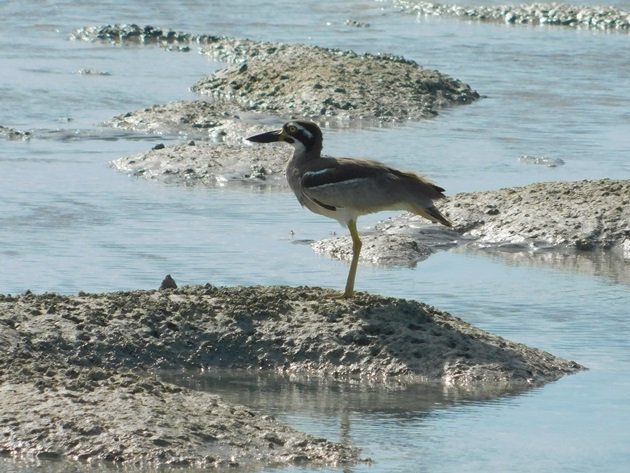
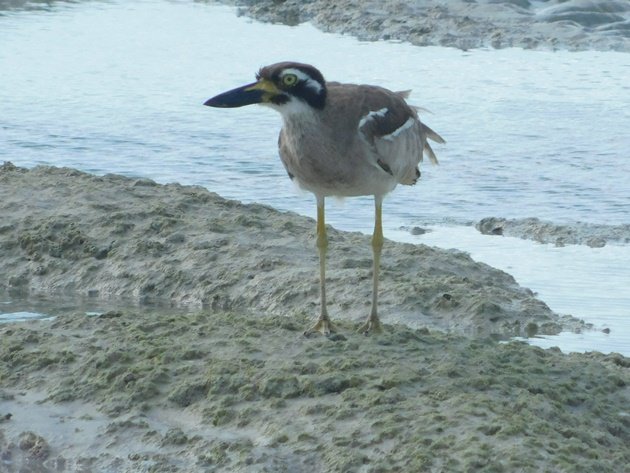










Leave a Comment